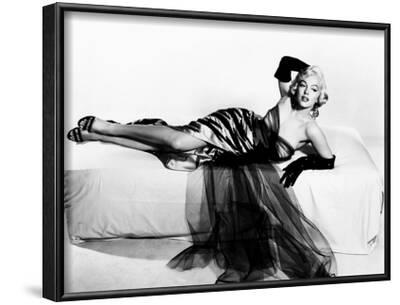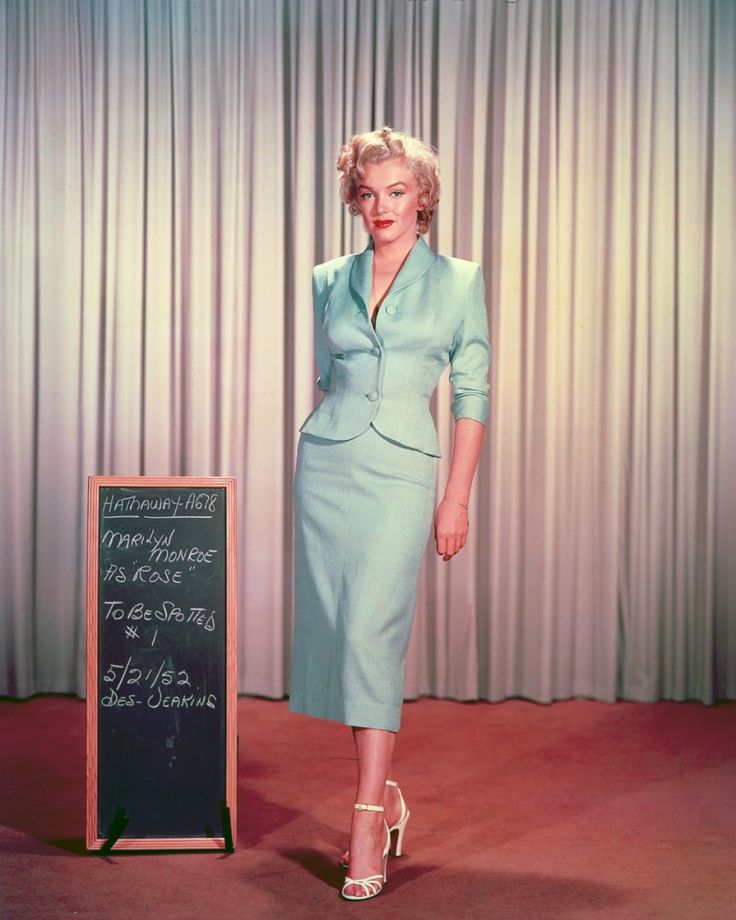
When I first encountered The Seven Year Itch on television as a teenager, I didn't see it as a Wilder or a Monroe picture as much as a film about summer in the city, so assiduously do Wilder and scriptwriter George Axelrod set the scene, painting a humid, sweaty picture of Manhattan in July and August, where men once stayed behind to work while their wives and children are sent off to the beaches and mountains of New England and upstate.Īfter a satirical prologue that imagines this as a tradition going back to the Native Americans who once owned the island, the film introduces us to Richard Sherman (Tom Ewell), a middle-aged man in a summer-weight suit seeing his wife (Evelyn Keyes) and spoiled, tow-headed son off at Penn Station. "Well, when you see him, will you give him a message for me?" Monroe said. Wilder's charming wife Audrey answered the phone, and told Marilyn that Billy wasn't home. This was too much for Monroe, and Matty Malneck, composer of the score for Some Like It Hot, tried to effect a détente between the two by placing a call to Wilder and putting Monroe on the line.

"Otherwise she may become a slightly inferior Eva Marie Saint." "The charm of her is two left feet," Wilder said, by way of a compliment. He also described her as having "breasts like granite and a brain like Swiss cheese," adding that he hoped that she wouldn't get "straightened out" and cured of what made her such a unique star. Still, the acerbic Wilder couldn't resist venting about Monroe to the press after the experience, saying that he might not work with Marilyn again in the States, but if they made the film in Paris he might be able to take painting lessons while waiting for her.


Monroe, at the peak of her fame, was already notoriously difficult on set, habitually late and unable to remember lines, but Wilder was so certain that she would deliver to his story all those rare qualities that made her a star that he overlooked this and even worked with her again on Some Like It Hot four years later – a picture considered far more essentially a Wilder film. Wilder might not have cared – while he was fond of disparaging it as one of the slightest pictures in his filmography, it was still a huge hit, so he made enough money from the film to feed his love of bespoke clothes, fine food, travel to Europe and collecting art. The 1955 film The Seven Year Itch is so central to the myth of Marilyn Monroe that its director, Billy Wilder – still among the most celebrated of Hollywood's "auteurs" – is often relegated to a footnote in its creation.


 0 kommentar(er)
0 kommentar(er)
